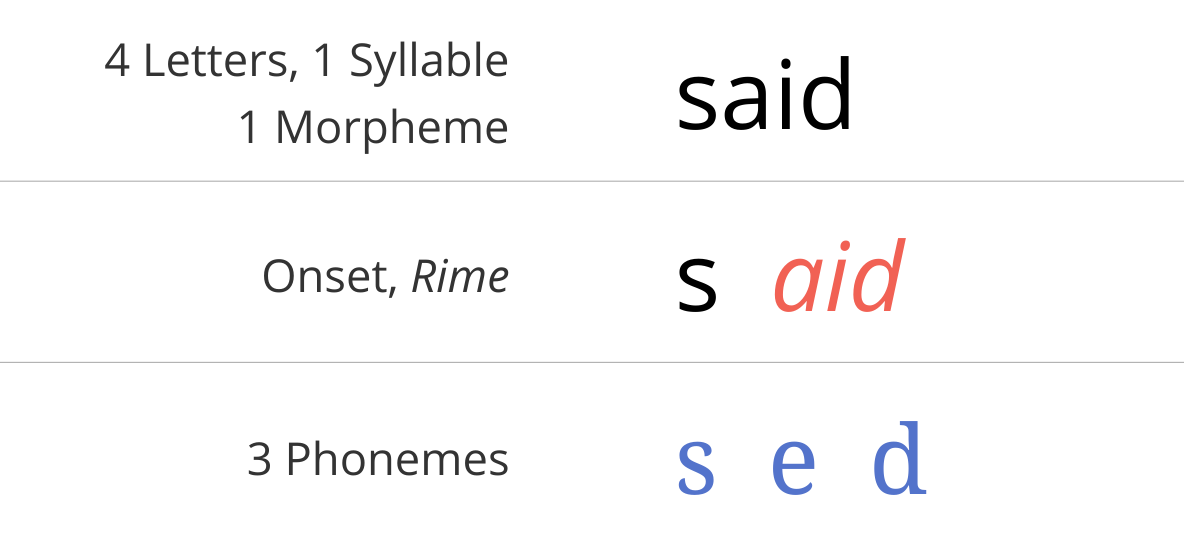The news that DeepSeek released an AI large language model (LLM) that rivaled OpenAI shocked the world. The small Chinese firm reportedly achieved this feat at a fraction of the price done by the American counterpart, undercutting the business model with a comparable model that is cheaper and open source.
While there have been quibbles about how exactly the DeepSeek team achieved this breakthrough, I was interested in the people behind the model, particularly where they were educated. One claim that I kept hearing was that they were all educated in China, without returnees from American universities.
It is no secret that Liang Wenfeng, the founder and CEO of DeepSeek, was a graduate of Zhejiang University, receiving both his bachelor’s and master’s degrees in Engineering from the elite Chinese institution. In building his company, ChinaTalkquoted Liang in an interview:
The team behind the V2 model doesn’t include anyone returning to China from overseas — they are all local. The top 50 experts might not be in China, but perhaps we can train such talents ourselves.
This lack of returnees, or so-called “Sea Turtles” (hǎiguī, 海龟), is fascinating because the trend for years was Chinese students studying in the US and bringing back home innovations. There has been a conception that Chinese universities could not match the US (or other world leaders) in advanced research. The so-called glass ceiling meant that they could achieve a good ranking but could not be among the very elite.
